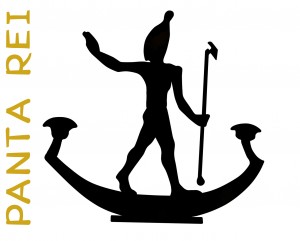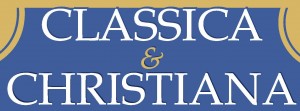[First posted in AWOL 3 March 2014, updated 19 December 2016]
Seneca - De beneficiis: Tradizion del primo libro
Seneca - De beneficiis: Tradizion del primo libro
"Seneca - De beneficiis"è un blog dove verrà postata, paragrafo dopo paragrafo, la traduzione italiana del I libro del De beneficiis di Seneca.A postarla saranno i loro autori, ovvero gli alunni della classe VR del Liceo Scientifico "S. Cannizzaro" di Palermo (a. s. 2013-14), che hanno scelto di affrontare con coraggio e con generosità, nell'anno del loro esame di stato, questa avventura didattica che io, il loro docente di latino, ho proposto.Per il loro coraggio e la loro generosità li voglio ringraziare tutti, citandoli per nome: Roberto De Fortis, Emanuele Filingeri, Gianmarco Geraci, Alessandro Li Vigni, Giulio Lo Re, Andrea Messina, Alice Orlando, Roberta Pacino, Emilio Pinto, Giuseppe Pipitone, Francesco Pirillo, Federica Restivo, Riccardo Tarantino, Ornella Urzì, Gloria Varrica.La traduzione sarà il frutto del loro lavoro collettivo, ed è stata concepita come un dono che la classe ha scelto di fare alla comunità, dal momento che non esistono, in rete, edizioni digitali in italiano di questo trattato di Seneca.INDICE:
- HOME PAGE
- PRESENTAZIONE
- TESTO LATINO
- TRADUZIONE I LIBRO
►1.1
►1.2
►1.3
►1.4
►1.5►1.6
►1.7►1.8►1.9►1.10
►1.11►1.12
►1.13►1.14►1.15- CHE LIBRO TI REGALO
- RELAZIONE PADOVA- ARTICOLO SU CC






 11794 Views
11794 Views  517 Downloads
517 Downloads




























